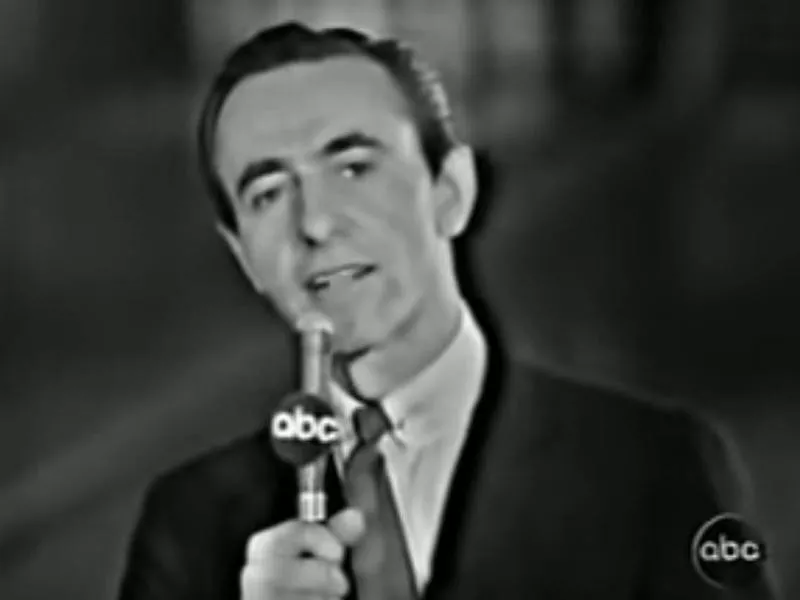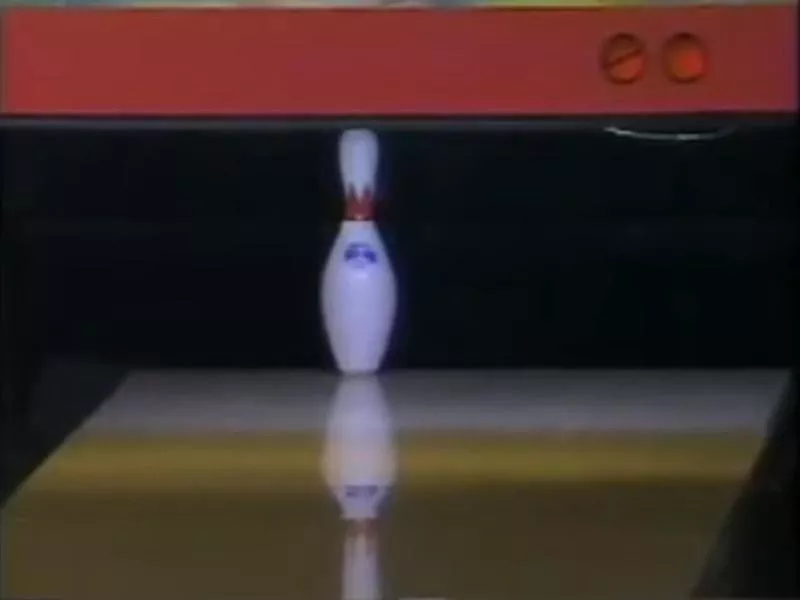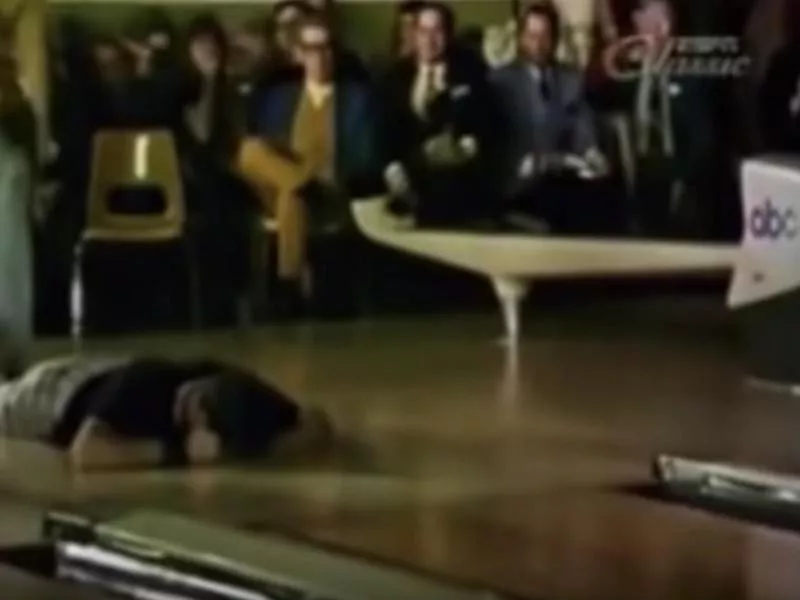Bowling may not boast the sky-high television ratings these days to rival America’s premier sports, but few can match its rich history and enduring legacy on the boob tube.
Bowling became a staple of TV programming practically from the advent of the television age, and though its popularity has ebbed and flowed over the past 70 years, the sport has managed to retain a robust following on the airwaves. The Professional Bowlers Association made its return to broadcast television in 2019 thanks to a multiyear deal with Fox Sports that includes prime-time events.
From bowling shows hosted by broadcasting legends such as Milton Berle and Mel Allen to the 35-year run of the Pro Bowlers Tour with Chris Schenkel on the mic for ABC, the sport has produced countless magical and memorable moments through the decades.
These are the top television moments in bowling history.
11. The Final PBT Telecast

Longtime ABC bowling broadcaster Chris Schenkel was inducted into the PBA Hall of Fame in 1988. mrbowling300 / YouTube
Date: June 21, 1997
Location: Fairview Heights, Illinois
TV network: ABC
Bottom line: One of the longest-running programs in television history came to an end as ABC televised its final match of the Pro Bowlers Tour, which had debuted on the network in 1962.
The emotional final match of the St. Clair Classic featured giants Walter Ray Williams Jr. and Pete Weber, with Williams prevailing 206-196.
In a fitting ending, Weber tossed the final ball of the program, 35 years after his father, Dick, tossed the first one on ABC.
5. Randy Pedersen’s Near Miss

It’s a game of inches. PBABowling / YouTube
Date: Nov. 8, 1995
Location: Harmarville, Pennsylvania
TV network: ESPN
Bottom line: The championship match of the Touring Players Championship will be remembered as one of the greatest in the sport’s history.
It featured two of the sport’s stars, Ernie Schlegel and Randy Pedersen, who had 20 career PBA titles between them. And the see-saw match came down to the final frame.
Needing a strike to win, Pedersen left an 8 pin standing on what appeared to be a perfect shot.
The always colorful Schlegel reacted by prancing around the lane in celebration like a prizefighter after a last-round knockout.
1. One Pin from Perfection

Don Johnson can’t look after falling a pin short of a 300 game. PBABowling / YouTube
Date: April 3, 1970
Location: Akron, Ohio
TV network: ABC
Bottom line: Perhaps the most iconic moment in televised bowling bowling history resulted from a failure. Sort of.
One strike away from a perfect 300 game in the finals of the 1970 Firestone Tournament of Champions, Don Johnson left the 10 pin standing on his final ball — planting his face to the floor in disbelief.
Johnson won the prestigious tournament, but that one pin was the difference of $10,000, a hefty sum in 1970 dollars.
He is forever remembered for his dramatic reaction to the final roll, along with that of his wife in the audience, who was in tears.